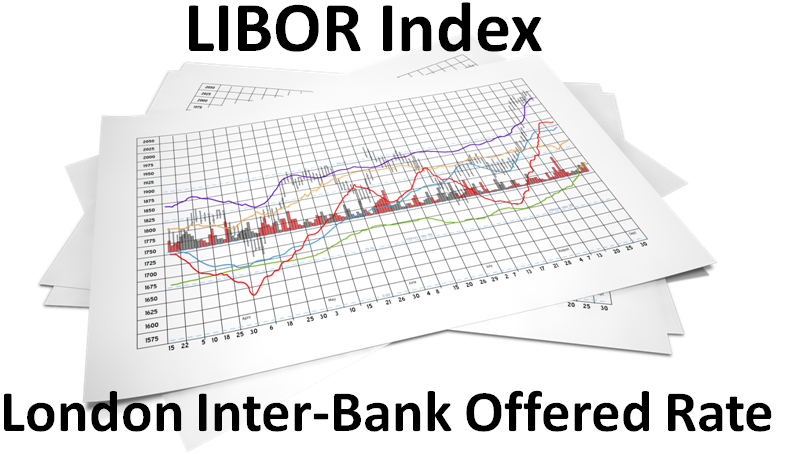Prime Rate – What is it?
Prime Rate – What is It?
Prime Rate or Prime Lending Rate is the overnight lending rate that banks charge other banks to lend money. It is based on the Federal Funds Rate. Prime is typically about 3% above the Fed Funds Rate. So if Bank A borrowers money from the Federal Reserve at 1% it will then lend to Bank B at 4%. The 4% rate charged to bank B is the Prime Rate.
Wall Street Journal (WSJ) Prime Rate is a consensus measure of the Prime Lending Rate, and is published in the Wall Street Journal. The Wall Street Journal surveys the large banks and then publishes their consensus “Prime”, or the rate offered to clients who are considered eligible for “prime” financing terms. The Prime Lending Rate will move up or down in lock step with changes made by the Federal Reserve Board to their Fed Funds Rate. The Prime Rate is an important index used by banks to set rates on many consumer loan products, such as credit cards, auto loans, and certain Adjustable Rate Mortgages. When the Prime is rising, variable interest rate loans and credit card rates will soon follow.


